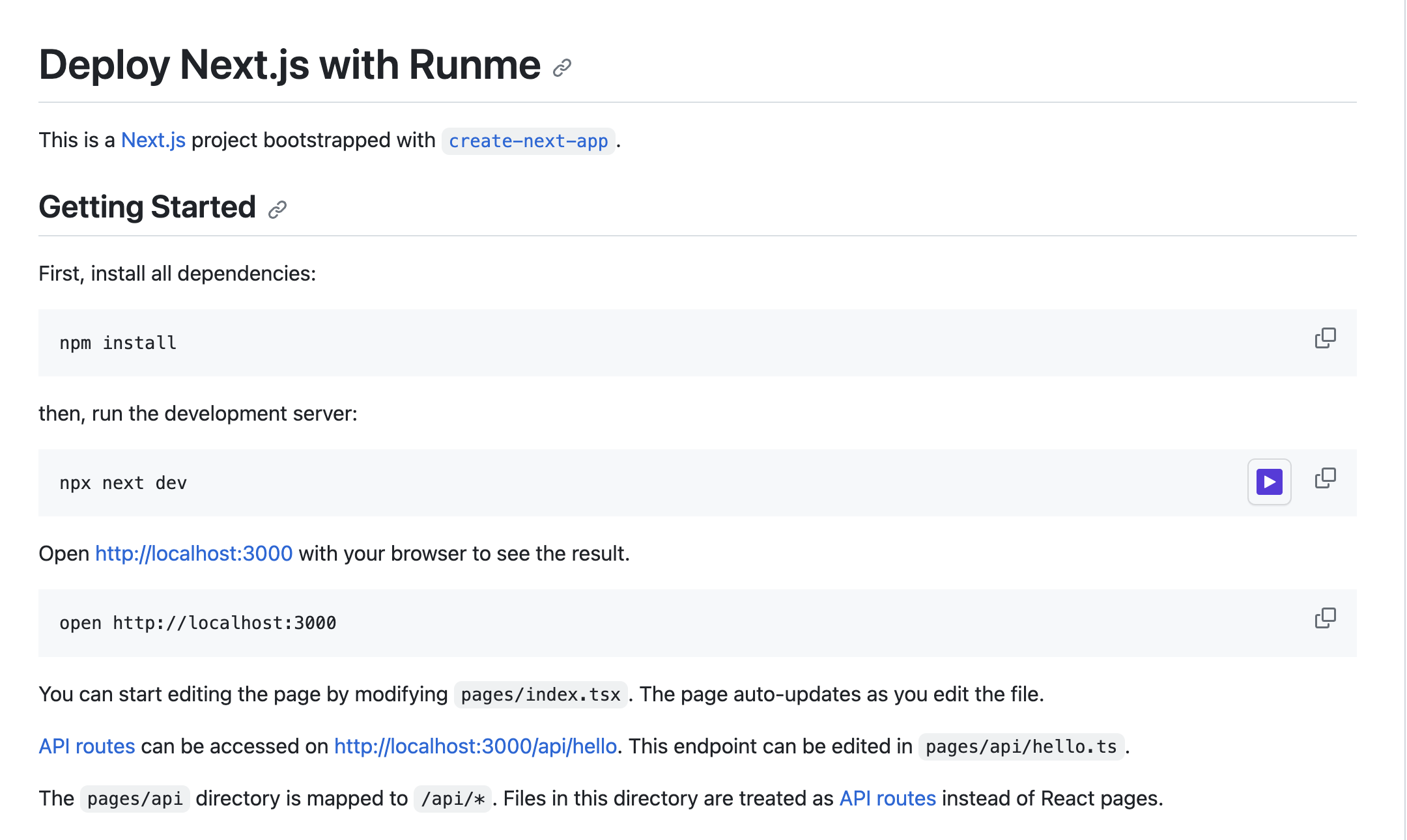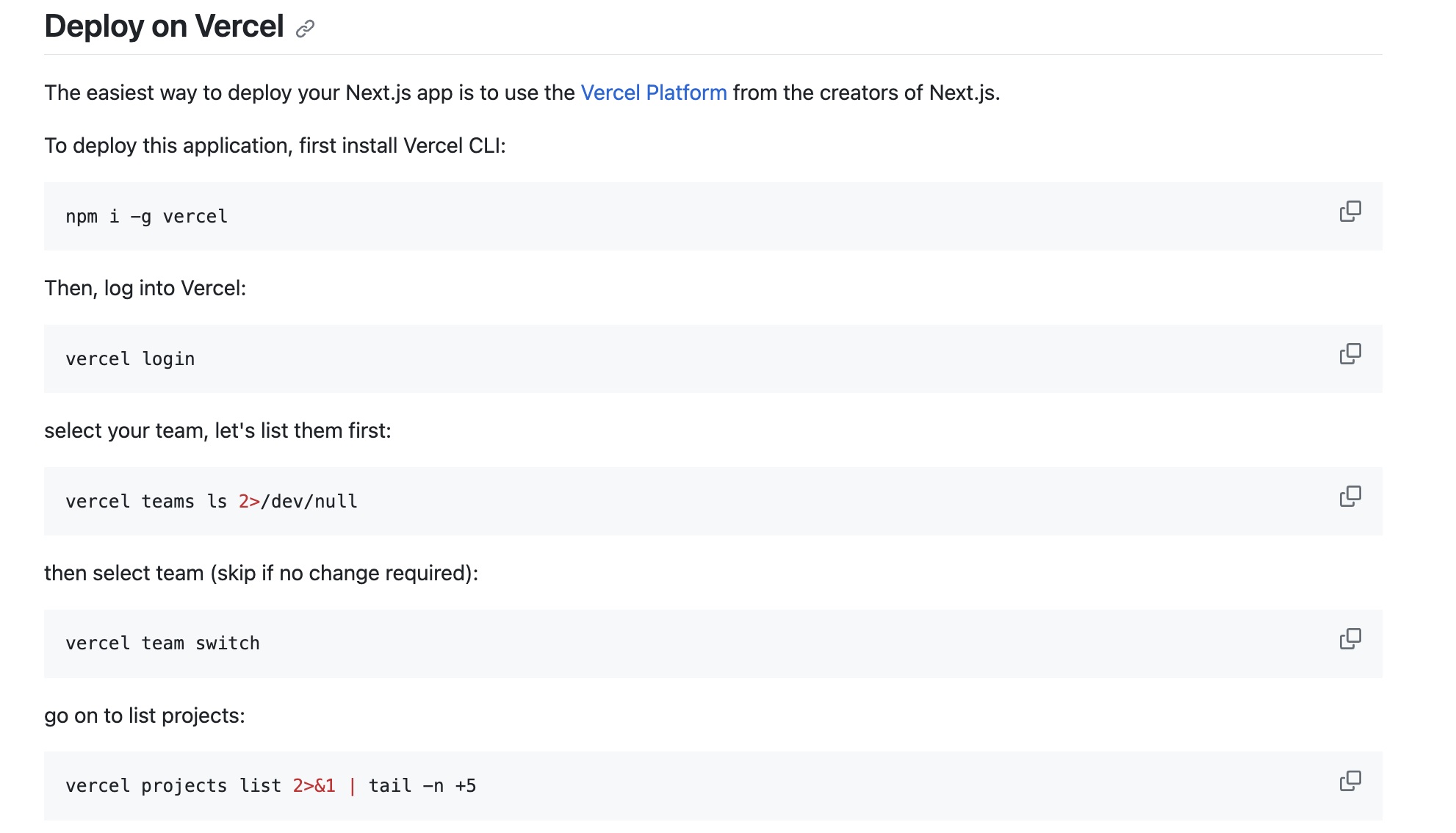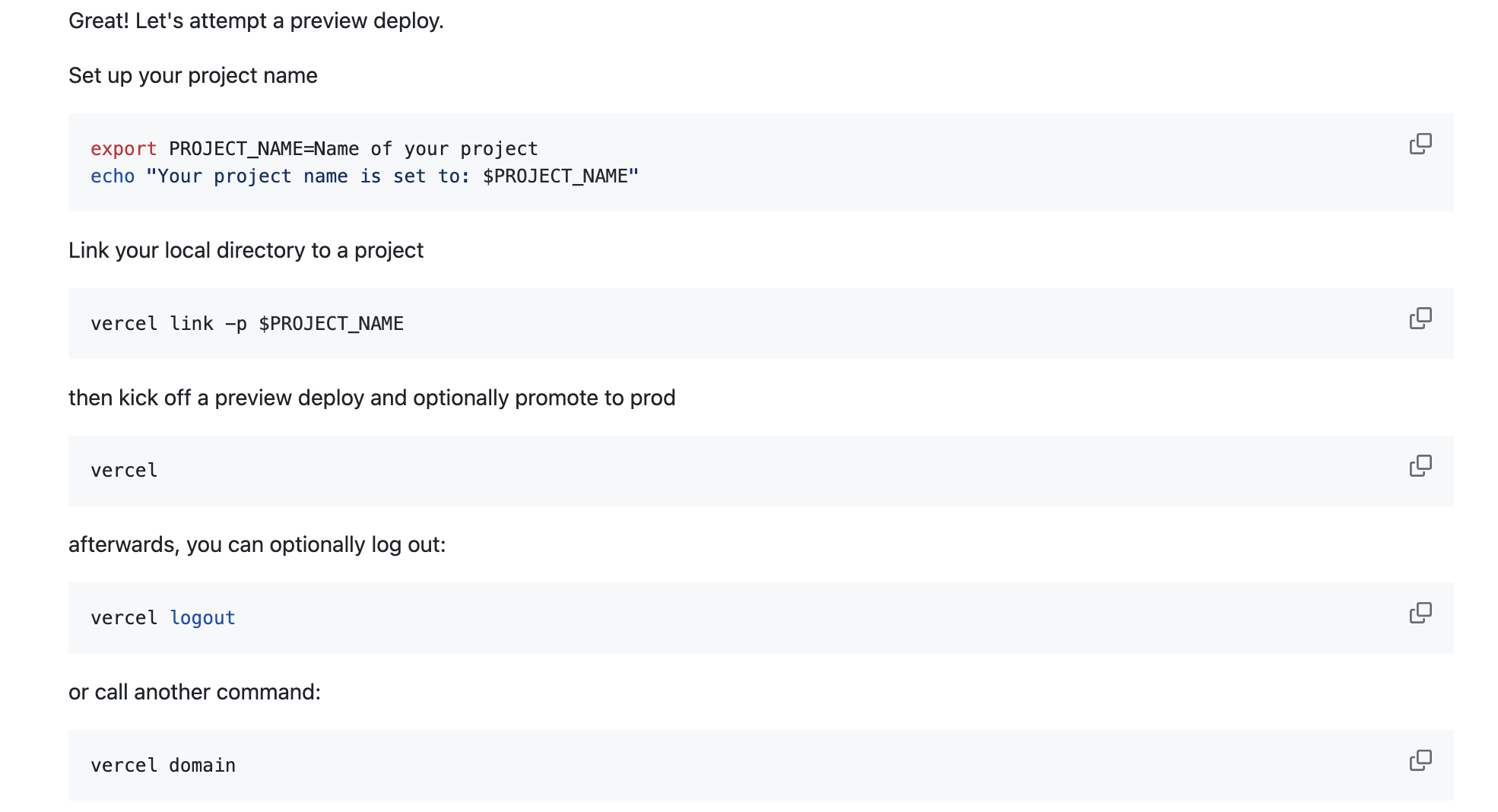What is a Runbook: A Quick Intro
When it comes to managing and maintaining complex systems, having a well-defined process in place can be a game-changer for developers, SREs and CTOs. One such crucial tool in a developer's toolkit is a "runbook." A runbook is a go-to reference for step-by-step instructions on what to do in a variety of situations. In this article, we'll dive deep into what runbooks are, why they matter, and provide you with real-world examples to illustrate their significance.
Understanding Runbooks
Imagine a playbook for a sports team – it outlines strategies, tactics, and plays to ensure a seamless performance on the field. Similarly, a runbook is a structured document that details the step-by-step procedures for handling routine operational tasks, troubleshooting, and incident response within a software system. Runbooks serve as a reliable reference guide that helps ensure consistent and efficient operations, even in high-pressure situations.
There are some key elements of a Runbook that you should take into account:
- Purpose and Scope: Clearly define the purpose and scope of the runbook. What specific process or scenario does it cover? This sets the context for the procedures outlined.
- Preconditions: List the prerequisites or conditions that need to be met before executing the procedures. This might include access permissions, necessary tools, or environment settings.
- Step-by-Step Procedures: Break down the process into clear, actionable steps. Each step should be detailed enough for someone unfamiliar with the task to follow along.
- Troubleshooting and FAQs: Include potential roadblocks, error messages, and troubleshooting tips. Address common questions or issues that might arise during the process.
- References and Contacts: Provide links to relevant documentation, contact information for subject matter experts, and any related resources.
Why Runbooks Matter:
🔁 Consistency: Runbooks promote standardized procedures, reducing the risk of human errors caused by ad hoc approaches.
🏃♀️ Efficiency: With documented steps, tasks can be completed more quickly and with fewer interruptions, leading to improved productivity.
🤝 Collaboration: Runbooks enable effective collaboration among team members, ensuring that tasks can be carried out by multiple individuals with consistent results.
💡 Knowledge Sharing: Runbooks capture institutional knowledge, making it easier for new team members to learn and contribute effectively.
Runbook examples:
- Server Deployment Runbook: Imagine you're setting up a new server instance. Your runbook could cover steps like provisioning resources, configuring security settings, installing necessary software, and integrating with monitoring tools.
This runbook outlines the step-by-step process for deploying a new version of an application to a production environment. It includes instructions for code integration, testing, configuration management, and monitoring setup.
Example tasks:
- Pull the latest code from the repository.
- Run automated tests and checks.
- Update user- and environment-specific configurations.
- Apply infra changes or deploy application to production.
- Perform post-deployment sanity checks.
- Incident Response Runbook: In the event of a security breach or system outage, an incident response runbook would guide your team through isolating the issue, assessing the impact, notifying stakeholders, and implementing remediation measures.
It also provides a structured approach to handling incidents, such as system crashes, performance degradation, or security breaches. It includes instructions for identifying the issue, mitigating its impact, and resolving it.
Example tasks:
- Receive and acknowledge the incident alert.
- Gather information about the incident's scope and impact.
- Implement temporary workarounds to restore functionality.
- Engage relevant teams for collaboration.
- Communicate with stakeholders about the incident's status and resolution.
- Continuous Integration/Continuous Deployment (CI/CD) Pipeline Runbook: This runbook details the setup and maintenance of a CI/CD pipeline that automates the building, testing, and deployment of code changes. It provides instructions for configuring the pipeline stages and handling various scenarios.
Example tasks:
- Define the stages of the CI/CD pipeline (e.g., build, test, deploy).
- Configure automatic testing and code quality checks.
- Set up deployment environments (e.g., development, staging, production).
- Integrate automated deployment triggers from version control.
- Handle rollbacks and failed deployments in the pipeline.
A Deployment runbook could look like this:
First to set up a project

Then we can do all the steps for the deployment:

Including set up your project name, link your local directory to a project and kick off a preview deploy (and optionally promote to production):

This is a Next.js project bootstrapped with create-next-app, and Runme as operational engine. To check out this example, click here.
Problems with Traditional Runbooks:
Traditional runbooks often suffer from being static and one-size-fits-all, lacking the flexibility to address unique situations effectively. These static documents can become quickly outdated and fail to engage teams effectively during critical moments, including the onboarding process of a team member, an important release, troubleshooting or sharing logs with colleagues.
Also, runbooks can also lack of engagement and accessibility. Complex documentation might discourage team members from using them as go-to resources. A runbook’s limited collaboration features can also make it challenging for teams to make improvements or share their experiences.
Moreover, we also find problems with traditional runbooks with:
- Lack of control and interactivity
- Lack of knowledge sharing
- Lack of continuous integration (bit rot)
A Better Option for Runbooks
Since runbooks are very useful, but also have their limitations, Runme was developed to transform the traditional runbook paradigm by offering an interactive and engaging approach to documentation and markdown. 🚀
Teams that use Runme use their runbooks more consistently, and the runbooks stay-up-to-date for when they’re most needed. Runme allows you to collaborate, make improvements, share code and outputs, and iterate your runbook as you and your team use it.
Runme it’s open source and compatible with the dev toolchain. Runme integrates perfectly with your existing toolkit and you can say goodbye to reliance on screenshots and incomplete copy & pastes. With Runme, you can securely save individual cells and entire notebook sessions, complete with essential contextual details, and effortlessly collaborate with your team.
You can install Runme here
Conclusion
Runbooks are essential guides for managing complex systems, offering step-by-step procedures for tasks and troubleshooting. They ensure consistency, efficiency, collaboration, and knowledge sharing. Traditional runbooks can be static and inflexible, limiting their effectiveness. Start using Runme, a dynamic solution transforming runbooks into interactive documentation, integrating scripting and collaboration seamlessly. With Runme, teams can overcome traditional runbook limitations, enhancing system management and operational processes.
Curious about how Runme works? Check it out
💡 Install the Runme CLI with
$ brew install runmeor$ npx runme
